Millions of homes and businesses in Nigeria were left without power on Thursday at around 4:30 p.m. as a result of the national energy grid, which is centrally regulated from Osogbo, Osun State, collapsing.
This development adds to the problems that have long beset Nigeria’s electricity system.
Persecondnews recalls that it is the fourth time the grid has collapsed since the first three months of the year.
Electricity distribution companies across the geo-political zones reported that their feeders were rendered inoperable, causing widespread blackouts throughout the nation.
In less than an hour, the grid’s output—which was 2984 megawatts as of 4 pm—dropped to zero, and by 5 pm, all 21 of the connected plants had stopped producing power.
This episode represents yet another blow to Nigeria’s electrical industry, which has been plagued by enduring problems in spite of attempts at privatisation meant to bring it back to life.
The grid has seen an astounding 141 breakdowns in the ten years after privatisation, highlighting the severity of the fundamental problems the sector is currently confronting.
With a meagre 54 megawatts of output, the Azura Power Plant was the only facility feeding the grid as of 6:00 p.m. on Thursday.
Significant power facilities like Afam, Geregu, Ibom Power, Jebba, Kainji, Odukpani, Olorunsogo, and Egbin, among others, stayed idle, worsening the country’s electricity shortage.
Reports reaching Persecondnews indicate that even before the grid collapsed, Ogun State especially Abeokuta, the state capital and some parts of Oyo State have been experiencing power rationing.
The communities get supply for about three or four hours every other day.







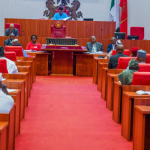




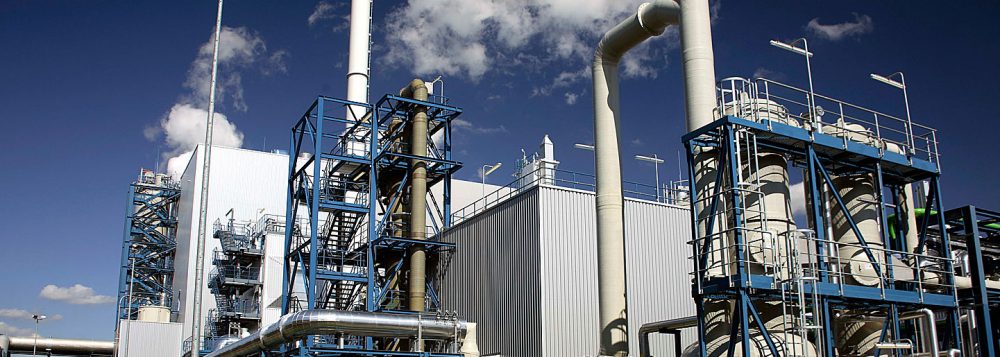







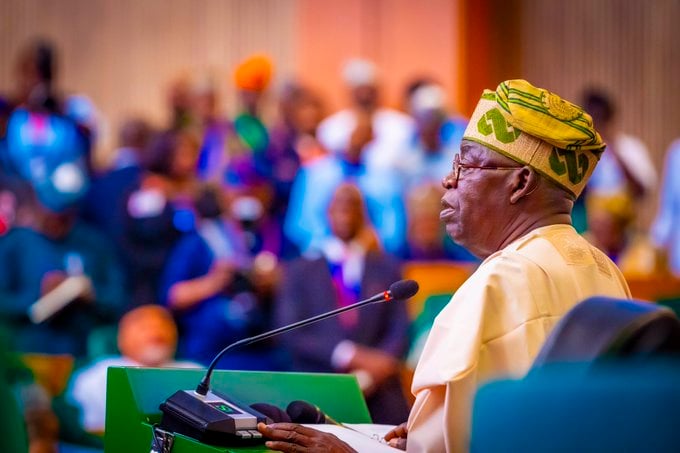
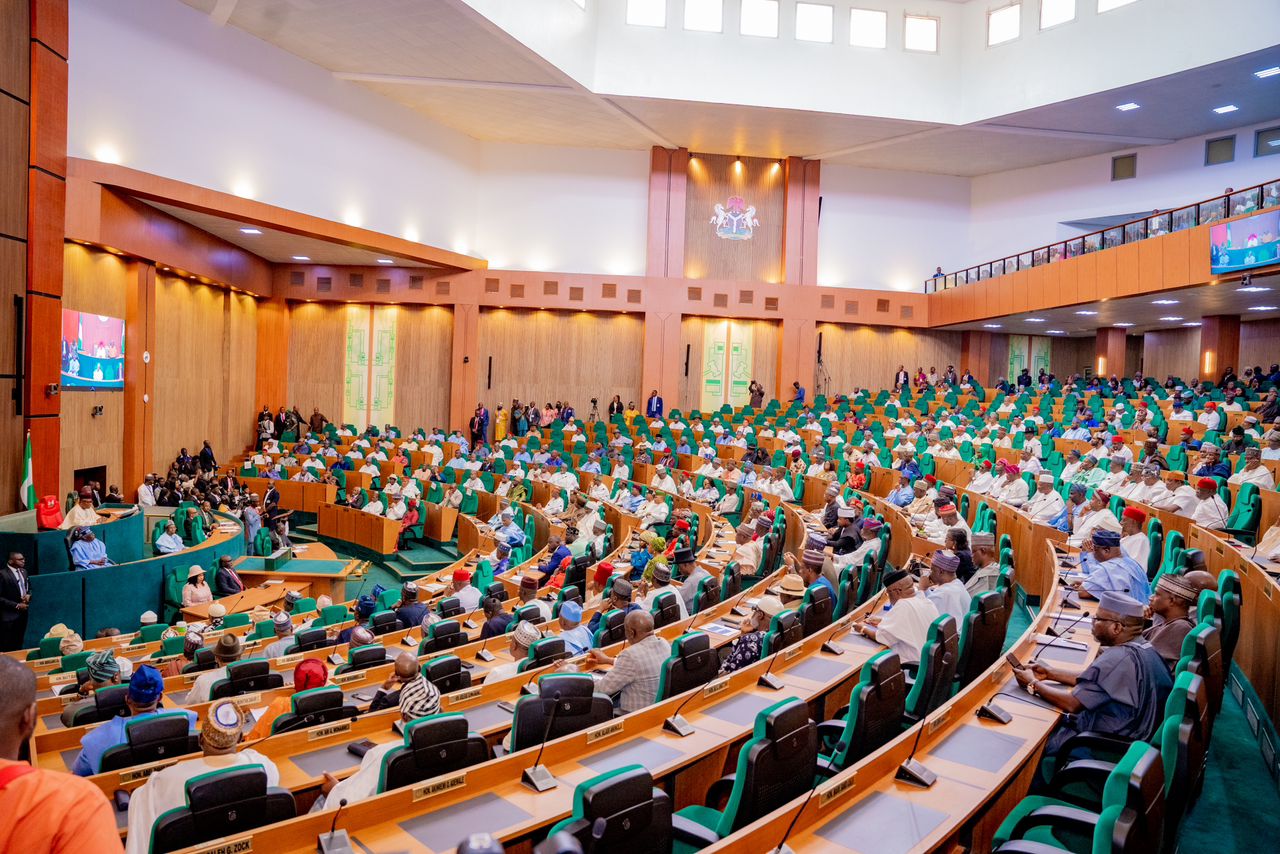

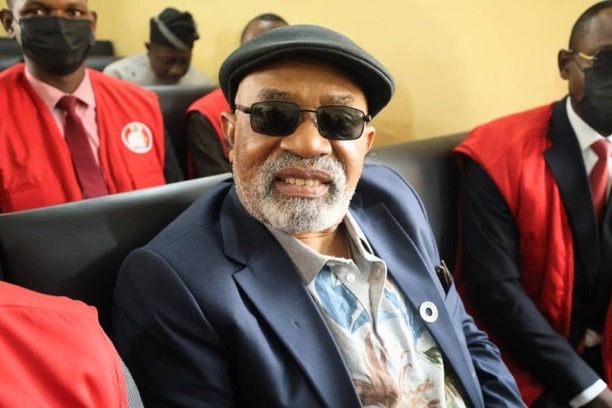


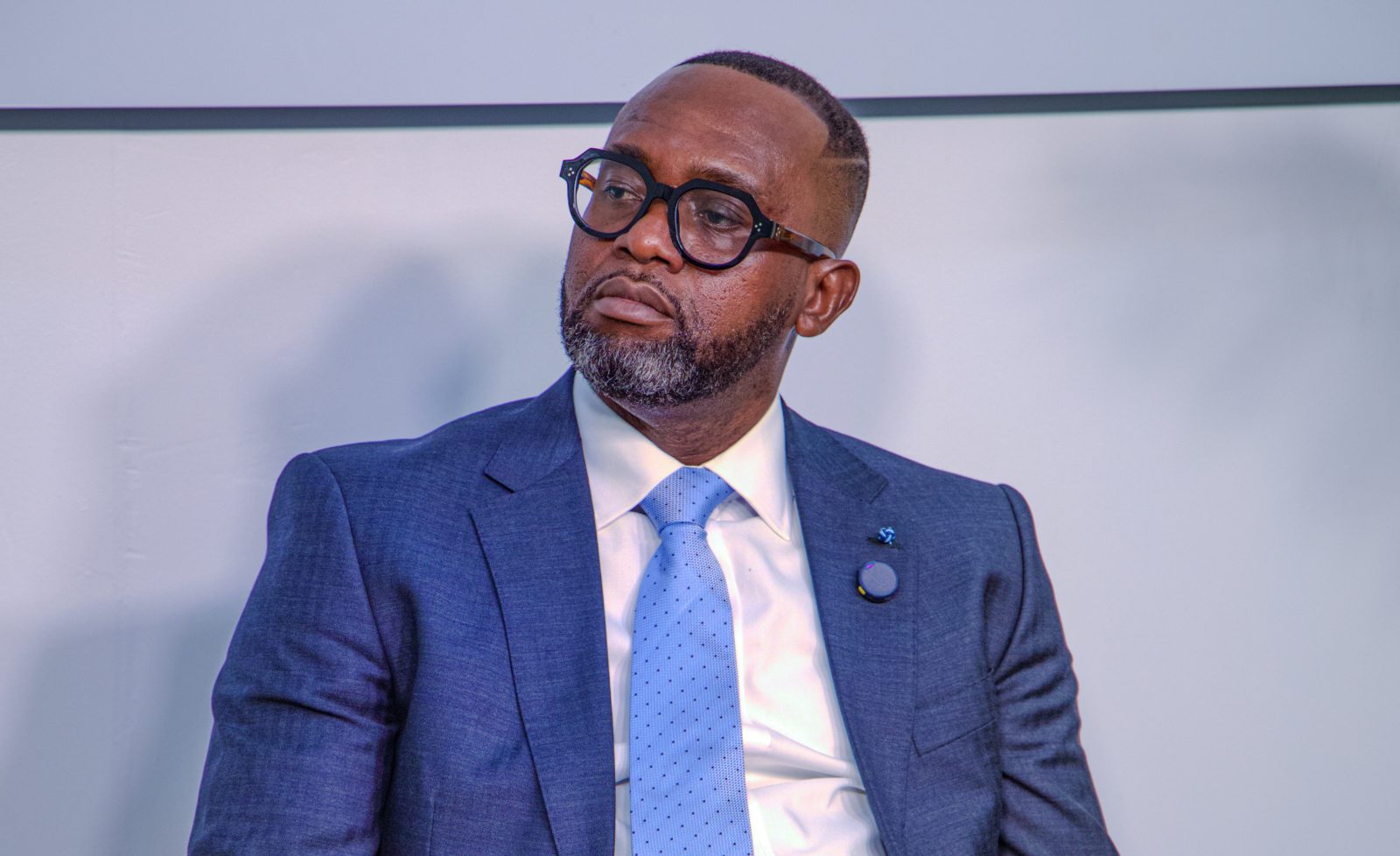

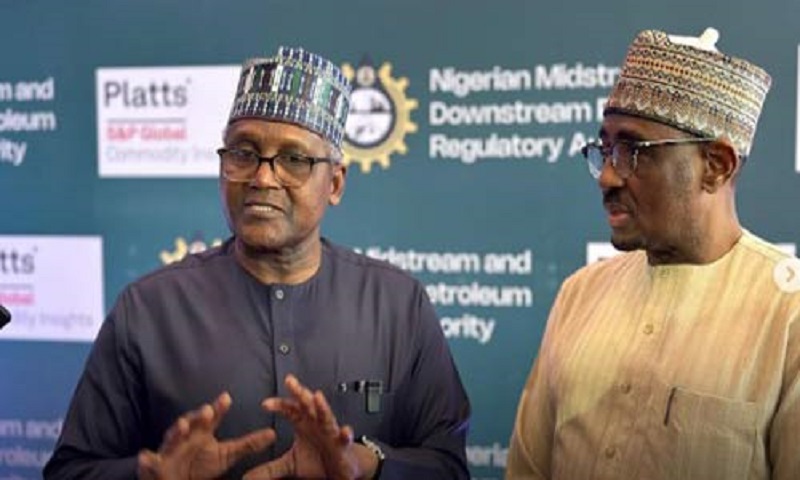


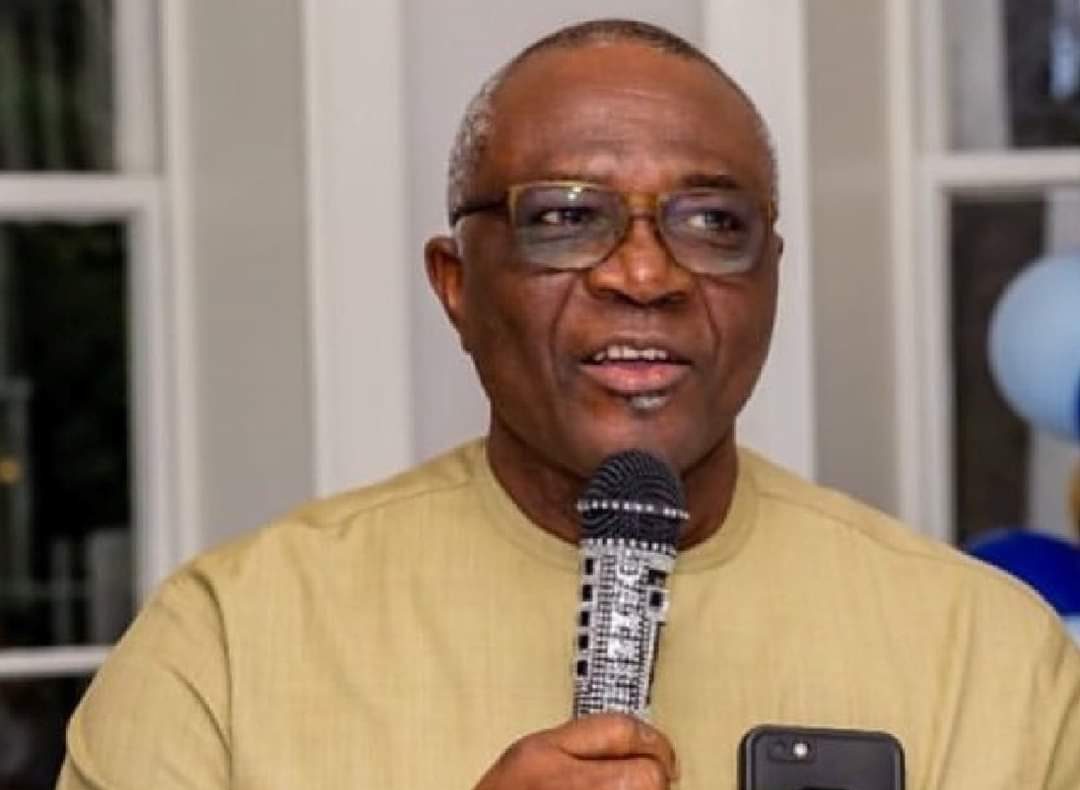



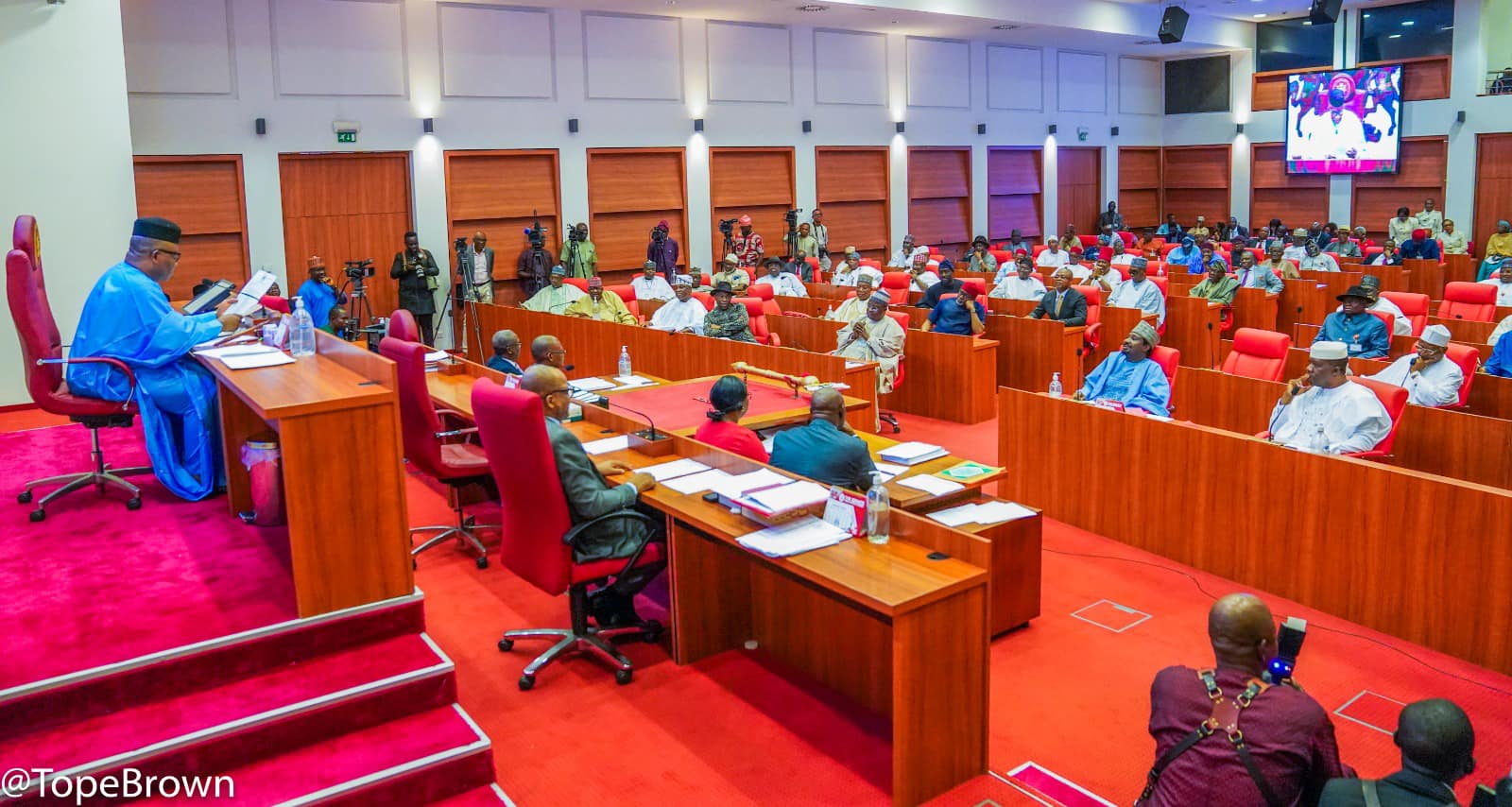


Leave a comment